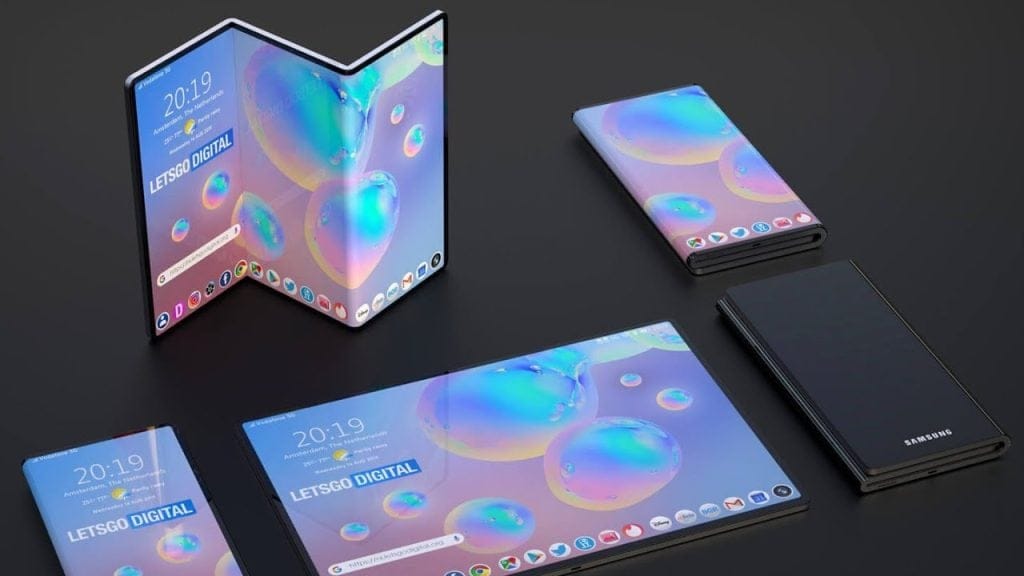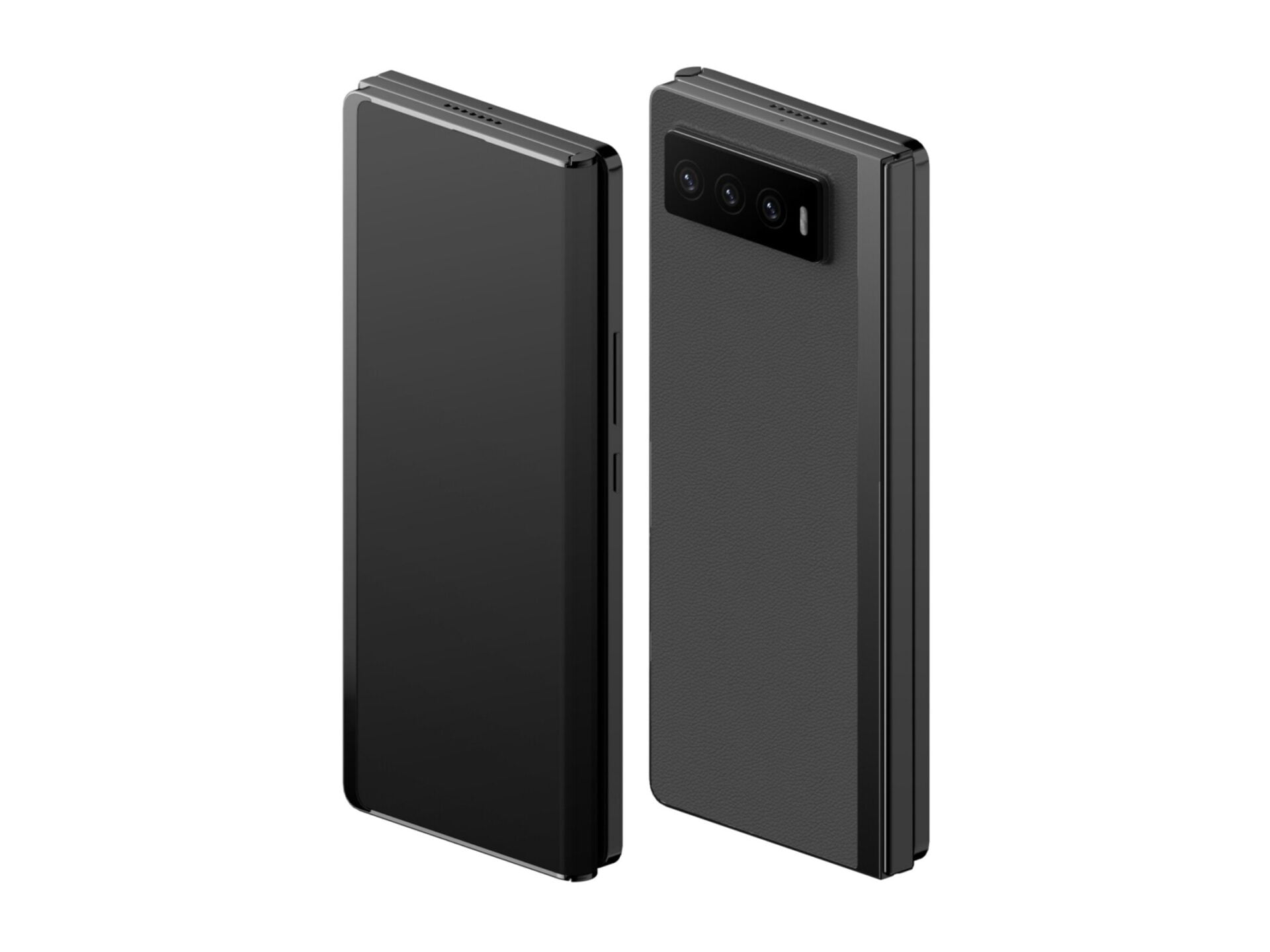Samsung’s tri-fold smartphone project has made a notable advancement with the approval of a recent patent, hinting at what may become a groundbreaking addition to the foldable market.
Insights from the Patent Approval
While the company hasn’t said much about the project, this patent—submitted to the United States Patent and Trademark Office (USPTO)—provides hints about Samsung’s plans for this next-gen foldable device. Even though a patent doesn’t ensure that a product will hit the market, it often reveals the direction a company is heading in development.
Following in Huawei’s Footsteps
This specific patent was filed over three years ago but only received approval in early November. It details a tri-fold design that looks similar to the Huawei Mate XT. Samsung seems to be concentrating on refining the tri-fold concept, emphasizing functionality and quality instead of rushing to be the first available, marking a change from its leading position with the original Galaxy Fold.
The patent illustrates a Z-shaped folding mechanism, which we have already observed in the Huawei Mate XT. The timeline for Samsung to unveil its tri-fold remains uncertain.
What Features Can We Expect?
Even though Samsung’s tri-fold is still in its initial stages, Huawei’s Mate XT (review) can provide some clues about what consumers might anticipate from this design. The Mate XT features a unique Z-shaped fold that opens up to display a generous 10.2-inch 3K screen, effectively turning the device into a tablet. This setup enhances versatility, allowing the Mate XT to unfold into a fully operational tablet experience, complete with an optional keyboard accessory.
The design of the Mate XT also helps us think about the engineering obstacles Samsung may encounter. The Huawei tri-fold folds one side inward and the other outward, resulting in a slim 12.8mm profile when closed. While this design reduces bulkiness, it does create a visible crease, which could become more noticeable over time. Samsung’s strategy may involve new techniques to tackle this creasing issue, ensuring durability and a smooth user experience.
So far, Samsung has utilized the latest Snapdragon flagship processors for its foldable devices. Given the potential for multitasking, the forthcoming Samsung tri-fold might also feature the latest and most advanced Snapdragon chipset. Although there is still time for further details about the Samsung tri-fold to emerge, interested readers can take a look at the leaked images of the upcoming premium flagship, the Galaxy S25 Ultra.







